Filter presses are indispensable equipment in the field of solid-liquid separation and are widely used in various industrial and environmental projects.
What is a filter press?
A filter press is a mechanical device that utilizes pressure to separate solid particles from a liquid. The basic principle of operation is that the liquid is forced out through a filter medium, such as a filter cloth or membrane, leaving behind a dry solid material.
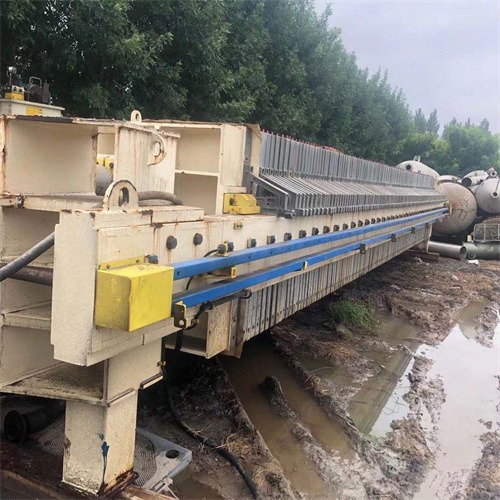
Common filter press types
Plate and frame filter press
Structure and working principle:
Plate and frame filter press consists of a series of flat plates and frames in which filter cloths are sandwiched. During operation, the liquid passes through the filter cloths and the solid particles are left on the cloths to form a dry cookie. The basic working principle of the filter press is to separate the liquid from the solids by applying pressure.
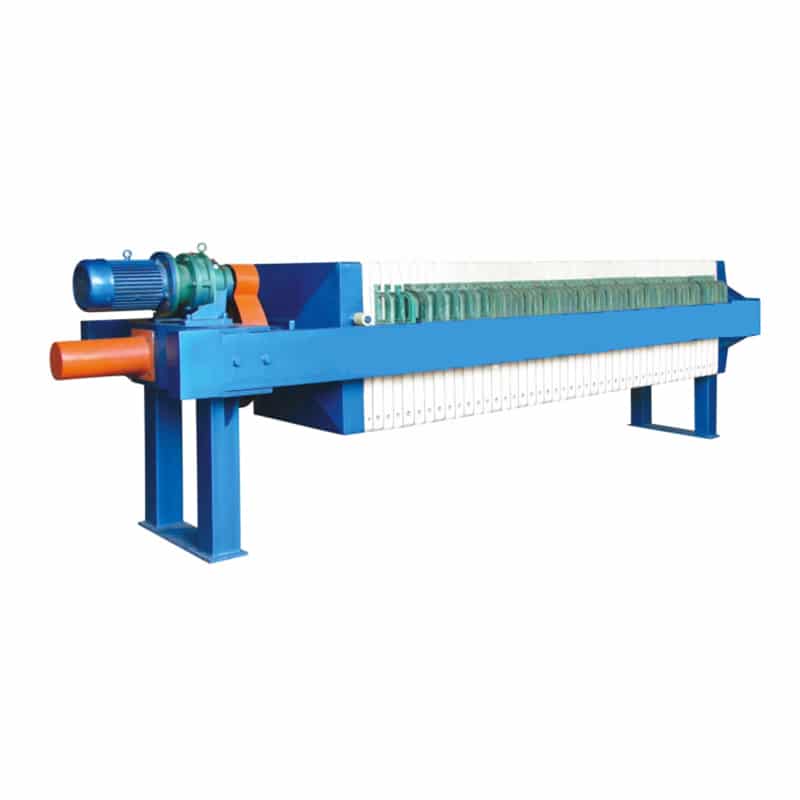
Applicable scenarios and advantages:
- It is suitable for processing slurry with high solids content, such as sludge dewatering and slag treatment.
- The advantages are easy operation and maintenance, applicable to a wide range of industries.
- Different dewatering effects can be realized by adjusting the filtration pressure and time.
Chamber filter press
Chamber structure and working mode:
Chamber filter presses have a chamber or compartment structure with chambers on plates for collecting solid particles. In operation, the liquid passes through the filter cloth and the solids accumulate in the chambers to form cookies.
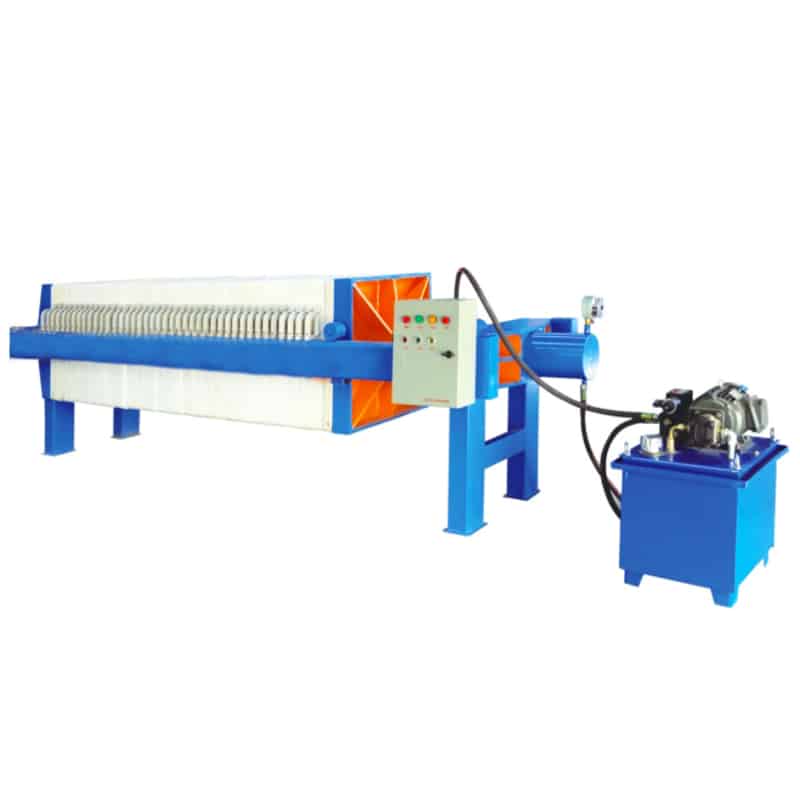
Compare the advantages and disadvantages of plate and frame filter presses:
- Advantages include chamber construction that improves dewatering efficiency, reduces the filtration area, and contributes to a drier solids product.
- Disadvantages may include equipment complexity and higher requirements for cloth, higher maintenance costs.
Membrane filter press
Membrane technology in action:
Membrane filter presses are equipped with inflatable membranes on the filter press plates. During the filtration process, additional pressure is applied through the inflatable membrane to improve the dewatering of solids.

Effect of extra pressure on dewatering:
- Membrane technology is effective in improving filtration efficiency and is particularly suitable for handling viscous materials.
- The additional pressure improves the dewatering speed, resulting in drier cookies and fewer subsequent processing steps.
Concave plate filter press
Recessed plate structure and effectiveness for high solids applications:
Recessed plate filter presses have a recessed plate structure for processing slurries with high solids content. The design of the concave plate helps to concentrate solids and improve filtration efficiency.
Automated filter press
Advantages of automation:
- Automated filter presses integrate automation technology, including automatic plate changers and cloth washing systems, reducing manual intervention.
- Automation improves operational consistency and efficiency.
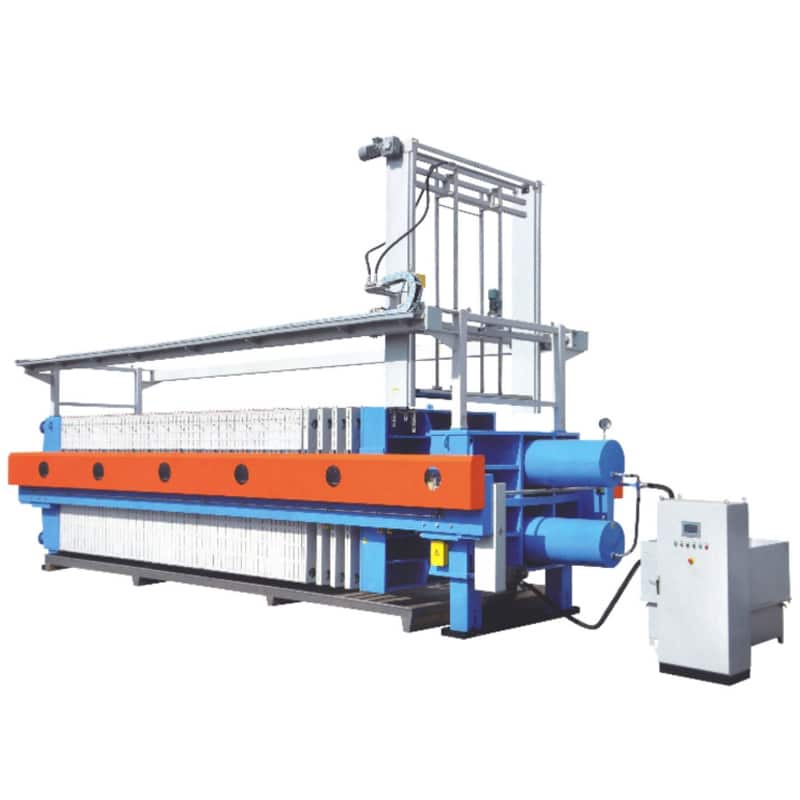
Increased efficiency and reduced manual intervention:
- An automated control system allows for more precise adjustment of filtration parameters, increasing efficiency.
- Less manual intervention means fewer human errors and a more consistent production process.
Specially designed filter press types
Belt filter press
The principle of continuous belt filtration:
Belt filter press adopts continuous motion filter belt for filtration. When working, the slurry passes through the belt filtration system, and the solid particles on the filter belt gradually accumulate to form cookies. During the process, the liquid is pumped out to achieve continuous solid-liquid separation.
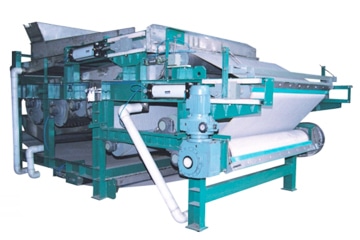
Superiority for large-scale applications and high throughput:
- Suitable for applications requiring large-scale processing and high throughput, such as sludge treatment and slag dewatering.
- Continuous belt filtration design allows it to process large quantities of slurry for high throughput.
Drum filter press
Continuity of drum filtration:
The drum filter press uses a rotating drum as the filtration medium, the slurry passes through the surface of the drum and the solid particles gradually form a cookie. The rotation of the drum makes the filtration process continuous.
For which specific solid-liquid separation needs:
- Suitable for scenarios where continuous processing is required, such as the chemical, food and mining industries.
- Particularly suitable for solid-liquid separation needs where viscous or fibrous materials are present.
Filter press with diaphragm
Diaphragm technology improves the compression effect of the cake:
Filter press with diaphragm is equipped with elastic diaphragm on the filter press plate. During the filtration process, with the diaphragm, the cake layers can be more closely aligned, improving the compression effect and reducing the water content.
Hydraulic filter press
Operation of the hydraulic system:
Hydraulic filter press adopts hydraulic system for opening and closing operation. During operation, pressure is applied by hydraulic cylinders to realize the closing and opening of filter plates and control the process of solid-liquid separation.
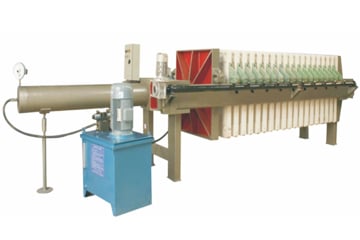
How to achieve efficient and controlled operation:
- The hydraulic system provides precise control, allowing the pressure to be adjusted to different process requirements.
- Efficient operation is supported by an automated control system that ensures consistency and controllability, improving overall productivity.
Selecting the right filter press
Depending on the application requirements and material characteristics, it is critical to select the right filter press. Here are some suggestions:
- Applications with high solids content and high dryness requirements:
It is recommended to choose a plate and frame filter press, whose simple structure and operation are suitable for handling slurries with high solids content and whose filtration parameters can be adjusted to achieve higher dewatering results.
- Scenarios requiring continuous processing and high throughput:
Belt filter presses and drum filter presses are good choices. Belt filter presses are suitable for large-scale applications and high throughput, while drum filter presses are suitable for scenarios that require continuous processing, especially for viscous or fibrous materials.
- Handling viscous materials and improving dewatering efficiency:
Membrane filter presses are recommended. The use of membrane technology allows for additional pressure to be applied during the dewatering process, helping to treat sticky materials and improve dewatering efficiency.
- Strict requirements for cookie dryness and compression effect:
Both belt diaphragm filter presses and drum filter presses are good choices. Filter presses with diaphragms utilize diaphragm technology to improve cookie compression, while the rotating drum design of drum presses helps create drier cookies.
- Look for a high degree of automation and operational consistency:
Automatic and hydraulic filter presses are recommended. These machines integrate automated control systems and hydraulic technology to provide efficient and controlled operation, reducing manual intervention and ensuring consistent production.
Summary
Overall, all types of filter presses play a unique role in the field of solid-liquid separation. From the traditional plate and frame filter press to the modern membrane, belt and drum filter presses, each type of equipment is suitable for different application scenarios, according to the different material characteristics and process requirements, the choice of the right type of optimization of production efficiency, to achieve efficient solid-liquid separation process.
KUOSI offers not only filter press but also screw press, paddle dryer, dosing system, disinfection system and waste water screen. Feel free to contact us.
